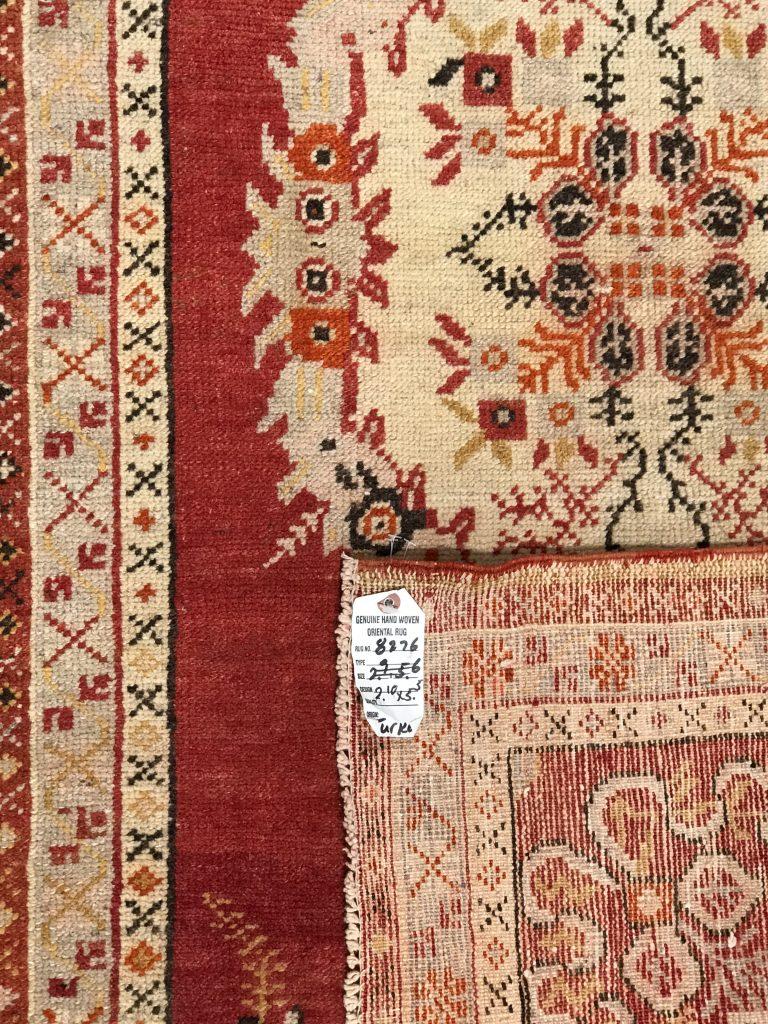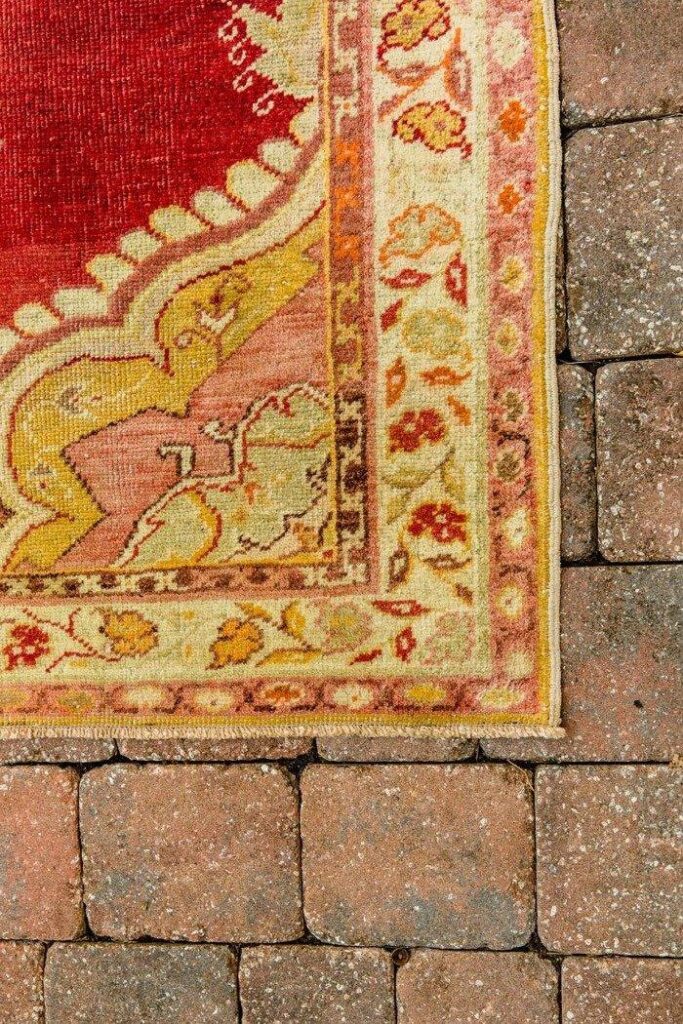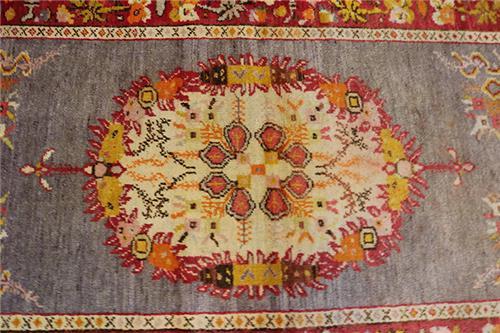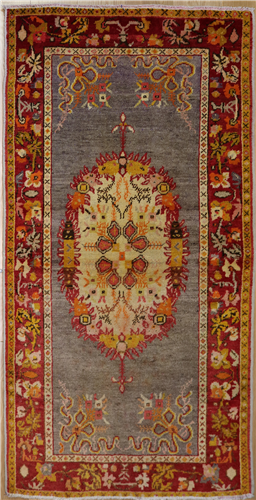Güney Rugs

Güney is a town and district of Denizli Province in the inner Aegean region. Denizli is a Turkish province in Western Anatolia, on high ground above the Aegean coast.
Güney district area is located at one of the sources of Büyük Menderes River. The Maeander was a celebrated river of Caria in Asia Minor. It appears earliest in the Catalog of Trojans of Homer’s Iliad along with Miletus and Mycale.
Güney town lies at a distance of 70 km north of the province seat. Güney is known for its vineyards. Best of wine grapes in Turkey are produced here. Güney rugs are easy to be recognized due to their distinctive designs.
Technical aspects and the structure of Güney Rugs

Güney rugs are normally woven with cotton pile on a cotton foundation. Nevertheless, woolen pieces are also found. In some antique pieces golden tread may be used.
Knots are symmetric (Turkish). Rug sizes are common. Moreover area rugs in rather long format.


Dyeing and painting of Güney rugs

Fields of Güney rugs are chiefly left simple and painted with red, light blue or golden camel. The latter would be found in antique pieces.

Various reds are used as the dominant color on the Güney’s palette, including scarlet, light brick and dark vermilion. A deep salmon, too, serve so on antique Güney palette.
Combinations of red and light blue are very common. These two serve interchangeably as field and borders. In such palettes the large medallions are usually painted with light tones like beige or ivory.
Orange, dark blue, light green, ivory and saffron are distinctive on the Güney’s secondary palette.
Designs and patterns of the Güney rugs

Typical Güney rugs are designed with a central medallion structure rendered in a semi-curvilinear style.
Güney medallions are believed to be belonged to Ushak group of medallions. These are central medallion designs under the influence of Persian royal carpets which ultimately found their own stylization. If a sort of the Ushak star medallion, Güney medallions are unique and recognizable amongst them.
These designs are formed with a large central medallion and four large ornate corners arranged on a blank field. Colored with red, light blue or golden camel, these field may be either rectangle or cartouche.

While the field is left simple, the medallions and corners are done intricately. Margins are rather narrow, proper for long pieces.



